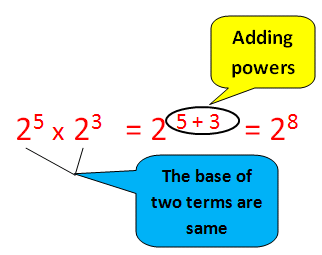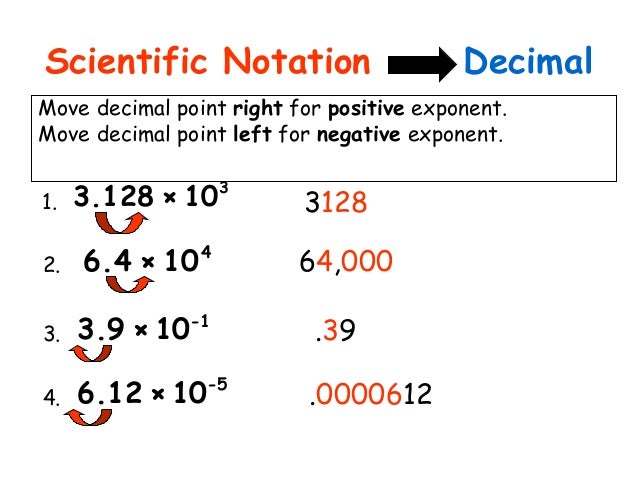Topics for Today:
Today we reviewed Chapter 10. This chapter was all about quadratic equations and their graphs. When we "solve" quadratic equations, we are looking for the points where our graph either crosses or touches the x-axis. If our graph does not touch the x-axis, we still have solutions, but they are imaginary (we'll save that topic for Algebra II, but students should know they exist!).
We used
5 methods to solve quadratic equations:
- Graphing (using axis of symmetry, vertex, and y-intercept)
- Algebra (good when you have no "b" value)
- Factoring (not always possible)
- Quadratic Formula (works for every equation)
- Completing the square
We also worked with square roots (do you know your perfect squares???), as well as the discriminant of the quadratic formula to determine the types of solutions we have.
We also approximated the square root values of irrational numbers based upon which perfect squares the irrational number fell between.
Finally, we investigated the vertex form of a quadratic equation.
Sections Covered in Textbook:
Chapter 10 All but 10-9: (Pages 510-558) + Vertex Form
Resources & Tutorials:
1) See blog entries for Chapter 10



